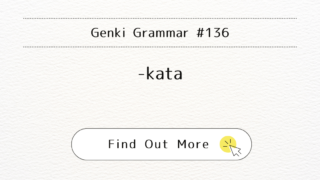 Journey to Japanese Mastery
Journey to Japanese Mastery Genki Grammar #136: Mastering -kata
Master the Japanese suffix -kata (方) with Genki Grammar #136. Learn how to say "how to" or "the way of" performing actions with easy examples.
 Journey to Japanese Mastery
Journey to Japanese Mastery  Journey to Japanese Mastery
Journey to Japanese Mastery 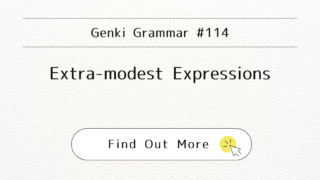 Journey to Japanese Mastery
Journey to Japanese Mastery  Journey to Japanese Mastery
Journey to Japanese Mastery  Journey to Japanese Mastery
Journey to Japanese Mastery 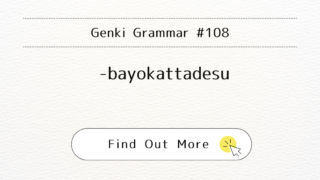 Journey to Japanese Mastery
Journey to Japanese Mastery  Journey to Japanese Mastery
Journey to Japanese Mastery 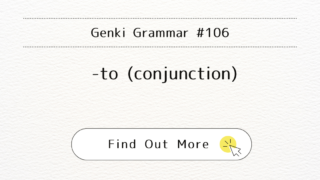 Journey to Japanese Mastery
Journey to Japanese Mastery  Journey to Japanese Mastery
Journey to Japanese Mastery 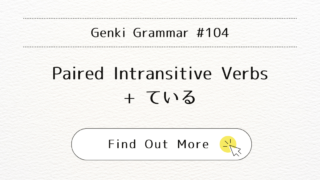 Journey to Japanese Mastery
Journey to Japanese Mastery